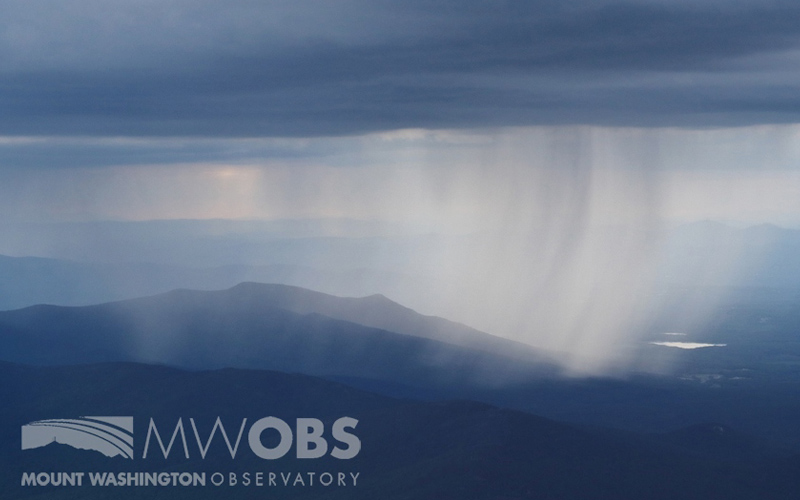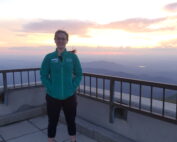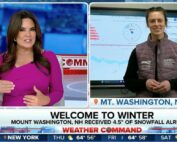Citizen Science Puts Weather Reporting in Your Hands

Ryan Knapp, Weather Observer & Meteorologist
A Tribute to Colleagues, Nature, and Research on Mount Washington
A Tribute to Colleagues, Nature, and Research on Mount Washington By Joshua Elms Before ever laying eyes upon it, I expected many things from my time at the Observatory. I attempted to imagine exactly what would come of my ambitious research project, how hurricane-force winds would
Giving Back to MWOBS
Giving Back to MWOBS By Kally Abrams Editor’s Note: This excerpt is from Kally Abrams’s personal blog; full post linked here. The day started with 74 MPH winds that pushed us technically into a categorical hurricane force but that’s the middle of our story so let
Remembering Guy Gosselin
In Remembrance: Guy Gosselin By Rob Kirsch | July 20, 2024 Quodumque Est Durus, Nobis Maxime Placet Life Trustee and Former Executive Director Guy Gosselin died during the early morning on March 7, 2024. He was a lifelong resident of Gorham, NH, a consistent contributor to
A Glimpse at METAR Reports
A Glimpse at METAR Reports By Alexis George, Weather Observer & Meteorologist METAR observations are submitted every hour of every day at Mount Washington Observatory. METAR is a format for reporting weather information that gets
Interning in the Clouds: My Mount Washington Odyssey
Interning in the Clouds: My Mount Washington Odyssey By Jordan Frate Now that my time as the 2023 fall intern for the Mount Washington Observatory is coming to an end, I would argue that
A Week In the Life of a Weather Observer
A Week In the Life of a Weather Observer Thursday, October 19 For me, Thursdays are the most difficult because this is the first full day of an 8 day shift on the summit







